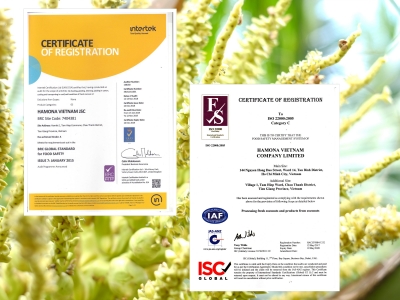PRODUCE MORE BUT POLLUTE LESS
The environment experiences material changes from the reduction in Sulphur Dioxide, which is linked to global warming, air pollution and acid rain. This impact derives from Hamona’s use of biotechnology to process coconuts – as opposed to traditional methods of using chemical solutions containing Sodium Bisulphite, which releases Sulphur Dioxide. The development of Hamona’s biotechnology clearly improves the environment from abated greenhouse gas emissions.
GIVE-BACK TO MOTHER NATURE
Hamona maintains a strong interest in repaying to Mother Nature and aims at restoring degraded land with sustainable coconut plantations.
Related articles:
Coconut tree is called “waste zero” and “tree of life” as it has been an important source of food, drink, clothing and shelters for thousands of years. “The tree of life” continues to spread to new areas and grace every landscape it reaches. Every 10,000 newly planted coconut trees will sequester over 300 metric tons of CO2-equivalent per year. Hamona sponsors and works closely with coconut farmers to expand coconut plantation by nursing coconut seeds and growing the young coconut trees, especially in deteriorated land.
Another mission Hamona pursuits to accomplish is to build up a bio-diversified ecosystem that benefits all beings. Coconut plantation is considered to mix with other crops, from lotus to wet rice, which will combat surface erosion and improve soil fertility.
Hamona, as its name originating from “Harmony with Mother Nature”, is inspired and strongly attached to the ecologically and economically sustainable business model.









